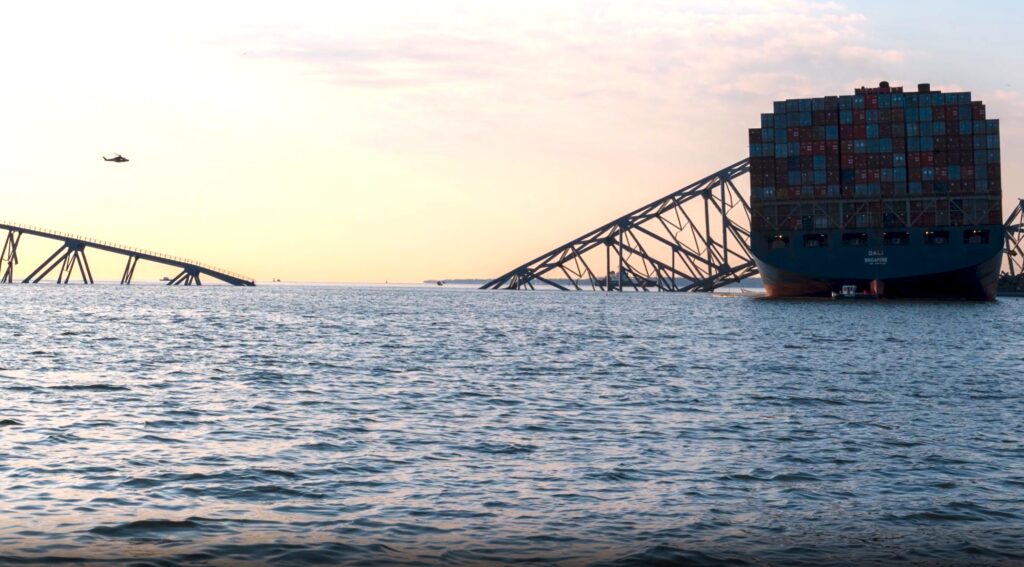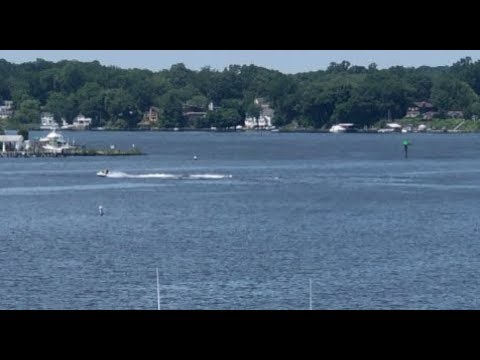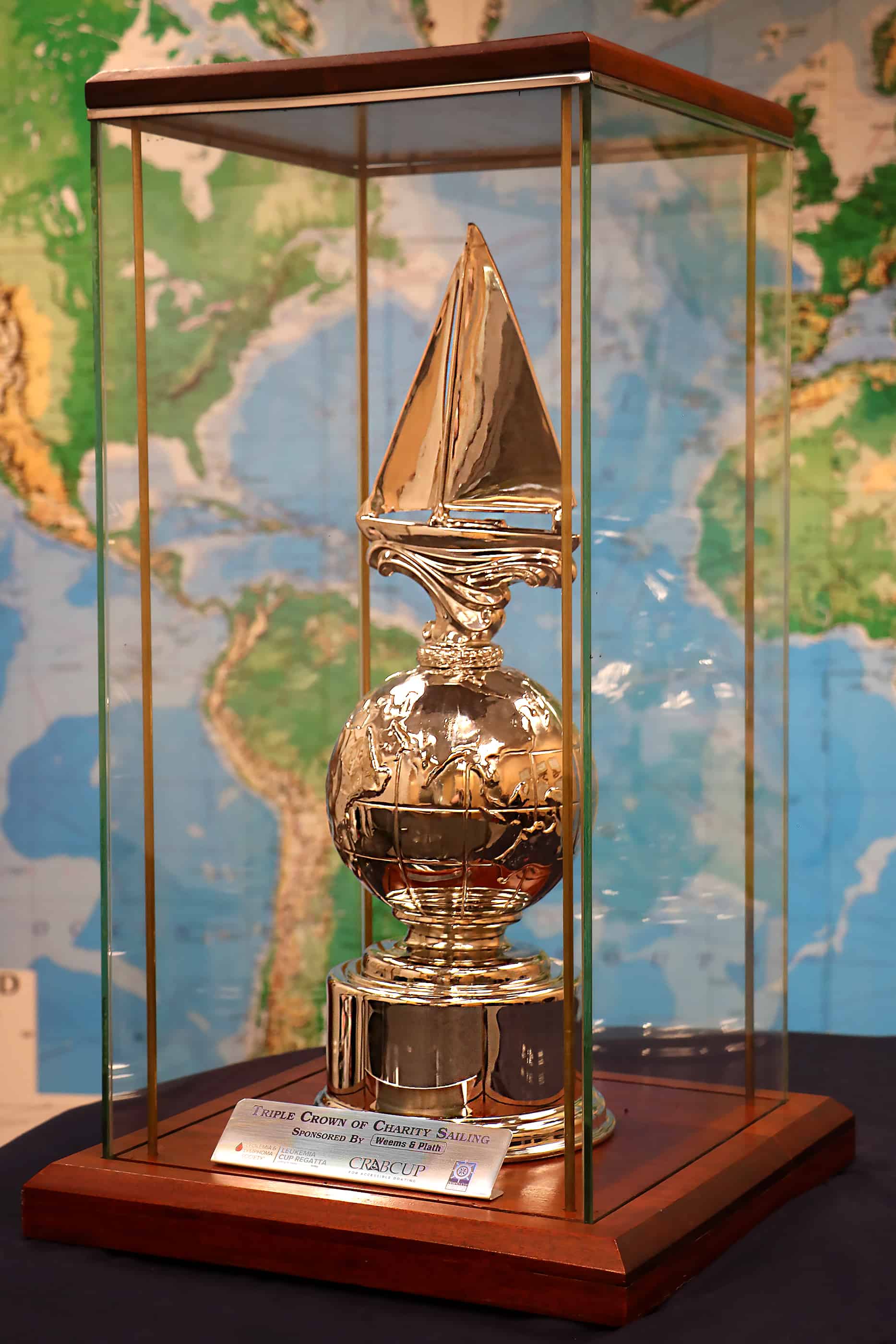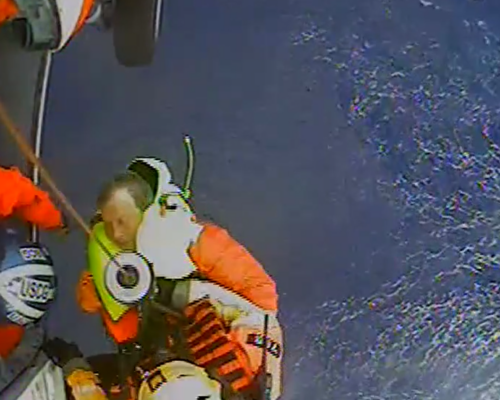Sooner than most people thought possible, the Port of Baltimore will begin letting ships pass through the site of the Key Bridge collapse. The U.S. Army Corps of Engineers (USACE) announced on Thursday their phased plan to open a channel large enough for commercial traffic to pass through and the Port to resume normal operations.

USACE expect to open “a limited access channel 280 feet wide and 35 feet deep, to the Port of Baltimore within the next four weeks—by the end of April.” The agency says a channel of that size would allow for one-way traffic in and out of the Port for barge container service and some roll on/roll off vessels that carry vehicles and farm equipment to and from the port.
The Port of Baltimore has led the nation in cars and light trucks for 13 consecutive years, moving 847,158 cars and light trucks in 2023 alone. In late February, Maryland Governor Wes Moore also announced a new record for roll on/roll off farm and construction machinery at 1.3 million tons.
Engineers are aiming to reopen the full Port of Baltimore channel by the end of May, which would restore port access to normal capacity and allow for business as usual to return. That permanent, federal navigation channel is 700 feet wide by 50 feet deep.
Right now there are two small, temporary channels opened for “commercially essential vessels”, permitted at the discretion of the Captain of the Port.
When Chesapeake Bay Magazine asked the Key Bridge Joint Information Center what the channels could mean for recreational boaters, charter and tour boats, and the cruise ships that serve Baltimore, a spokesperson says, “Channel usage will be assessed as the incident response continues.”
They reiterated that members of the public may not enter the safety zone around the Key Bridge wreckage, pointing us to monitor the Marine Safety Information Bulletins where updates will be posted: homeport.uscg.mil/port-directory/maryland-ncr.
USACE is still hard at work clearing the wreckage of the Francis Scott Key Bridge with the help of local, state and federal teams. It’s especially challenging because of the size of the bridge pieces and the lack of visibility underwater. The agency says in a recent update, “The divers are working within very cold, murky water with a current of one knot or higher and underwater visibility of only 1-2 feet.”
That makes for slow going when you consider the wreckage itself: concrete, asphalt and steel. Metal rebar, USACE says, can’t be located by sonar. That presents sharp hidden dangers that could impale divers or cut/entangle their air hoses.
Sonar-based 3D images, released by U.S. Navy’s Naval Sea Systems Command (NAVSEA) salvage and diving unit, show the wreckage resting on the bottom of the river. Operators in vessels at the surface of the water use the real-time images to verbally guide divers on where to go. USACE likens the conditions to “driving through a heavy snowfall at night with high-beam headlights on.”
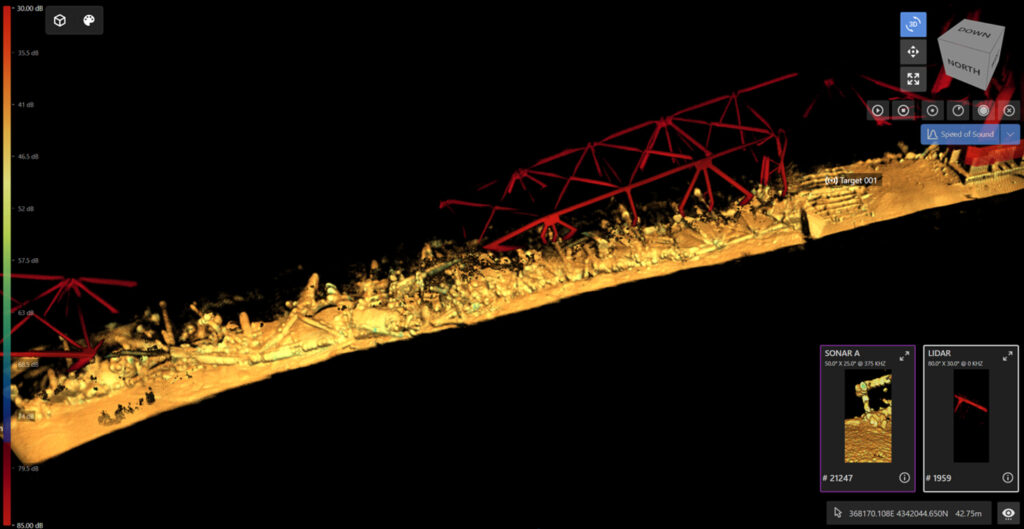
Despite the conditions, crews are pressing on to move salvage efforts forward.
“Thanks to the exhaustive work of the Unified Command during the last two weeks, including underwater surveys and detailed structural analysis of the wreckage, we’ve developed a better understanding of the immense and complex work that lies ahead,” said Lt. Gen. Scott A. Spellmon, USACE commanding general.
The operation of the Port of Baltimore is a key piece of local, state and national commerce. Baltimore’s public- and private-owned terminals handled $80 billion worth of foreign cargo in 2023.
“A fully opened federal channel remains our primary goal,” USACE says.
The Unified Command partners reinforce that sentiment in their response to Chesapeake Bay Magazine:
“Maritime commerce is the lifeblood of our economy. The Unified Command is working tirelessly to restore the uninterrupted flow of critical commerce in and out of Baltimore,” they write.
The just-announced timelines for reopening the one-way port channel and the full-sized permanent channel do come with an asterisk, according to USACE:
“These are ambitious timelines that may still be impacted by significant adverse weather conditions or changes in the complexity of the wreckage,” Spellmon says. “We are working quickly and safely to clear the channel and restore full service at this port that is so vital to the nation.
Spellmon says the teams are still working with partner agencies to help locate and recover the remains of the six construction workers who lost their lives in the bridge collapse.

